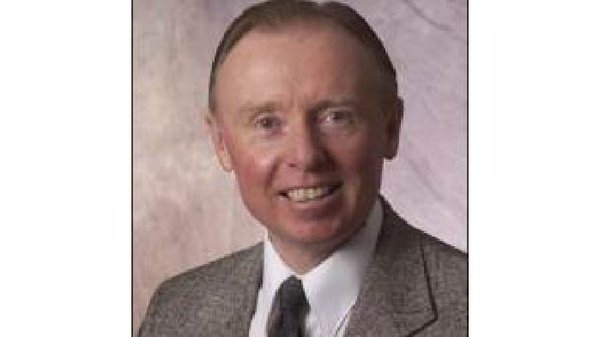Chem Prof Continues to Serve University
Sept. 19, 2011

A jack-of-all-trades, John Lamb of the Department of Chemistry and Biochemistry has left his mark all over BYU campus. Now as associate chair of his department, he will continue adding more experience to his long history of service to the university.
For Lamb, it is the variety of his career that has made it so rich and enjoyable. First coming to BYU in 1984, he accepted a joint appointment as a chemistry professor and as the executive director of what is now called the Office of Research and Creative Activity (ORCA). He hit the ground not only running, but sprinting.
At the time, there was no real avenue for professors to patent their newly discovered technologies. The only existing documents of such legal transactions were housed in a filing folder thick with jumbled papers.
“It was like Pandora’s box because it contained a lot of information about patentable and licensable technologies that really hadn’t been exploited,” Lamb said.
Taking charge, he plowed through the material and helped to develop policies for marketing technologies developed at BYU. The group he organized to manage the new system evolved into the Office of Technology Transfer. Today, this office continues to provide an invaluable service to faculty, staff and students by handling the business and legal aspects of the commercialization process.
After eight years, Lamb became a full-time professor and dedicated more time to researching better ways for disposing nuclear waste. His research, funded by the US Department of Energy, involved donut-shaped compounds called macrocycles.
Macrocycles exhibit a behavior commonly known as the goldilocks principle, basically meaning that an atom just the right size will fit into its donut-like cavity and get stuck. Leveraging this characteristic, Lamb’s group identified those macrocycles whose holes were the proper size for the most radioactive and dangerous byproducts of nuclear waste, like cesium and strontium. For the last 19 years, Lamb has edited a scientific journal focused on these compounds.
In related work, Lamb’s group used these macrocycles as the basis for separating dissolved metals and other materials. Dionex Corporation has funded this research for over 25 years.
In spite of all these accomplishments, Lamb still considers teaching to be “the most important component of [his] work.”
For eight years, he served as an associate dean of general education. In conjunction with this service, he continues to feel a particular responsibility toward incoming freshmen. For him, the most challenging aspect of teaching beginning chemistry classes has been the many different backgrounds students bring with them.
“Many have had AP Chemistry in high school,” he said. “Others have had no chemistry at all. You have to try to serve the needs of all these people, covering a huge amount of material in a very short time.”
To solve this inequality, Lamb developed ChemTutor. This multimedia resource has twenty-four modules that review very basic chemistry ideas. Students are required to complete a module before each class period, better preparing them to spend valuable lecture time digging into college-level material.
ChemTutor has proven so valuable for students that five other BYU professors are using his online program. It has also been translated into Japanese for use at Osaka City University.
Lamb was also partially responsible for the creation of today’s recitation sections. His practice of dividing students into small formal study groups has spread to chemistry classes for non-major students. Now the university schedules many large chemistry lecture classes with small recitation labs guided by TAs.
Professor Lamb has served the university in many ways, from administration to the lab to the classroom, touching individual lives in the process. It’s these one-on-one interactions that have been the highlight of his career.
“I enjoy [teaching] the most, frankly, of all the things that I do,” he said.
By Natalie Rice, College of Physical and Mathematical Sciences